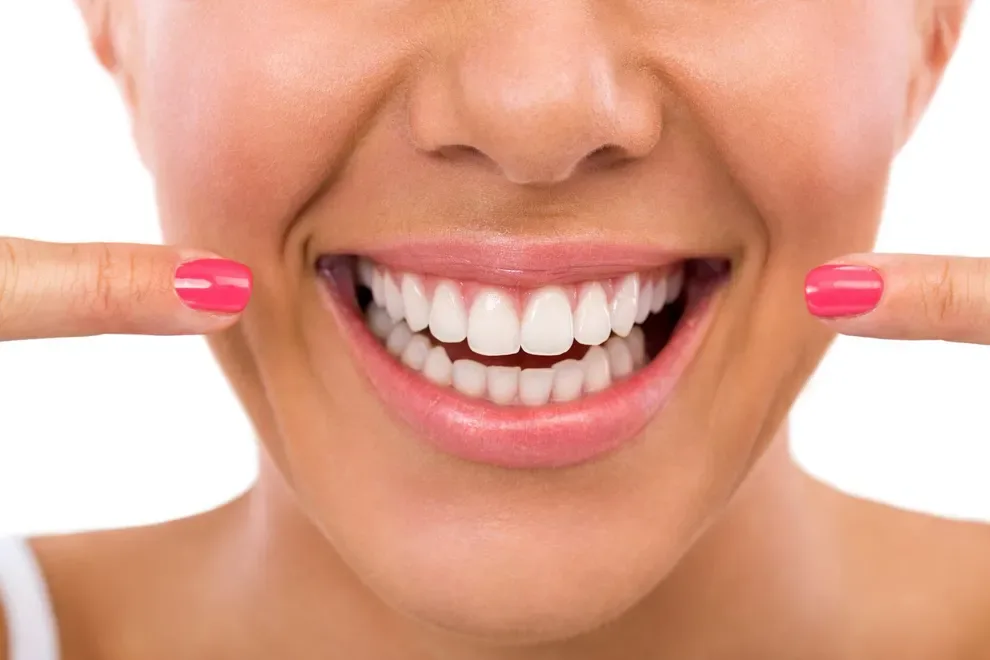How to Restore Your Saliva pH for Dental Health

Table of Contents
- Why Does Saliva pH Matter?
- What pH Is Ideal?
- Signs of Unbalanced
- How to Test Your Saliva pH
- Restoring Balance
- References
When it comes to healthy teeth and gums, plenty of attention gets paid to the importance of brushing and flossing. But not many people know how important it is to keep their saliva pH in balance.
The reality is that in-between brushing and flossing, bacteria, acid and alkaline can break down enamel and lead to cavities. Keeping your pH balanced is equally as important as changing your toothbrush and remembering to brush and floss properly to keep your teeth and gums healthy.
Saliva is crucial to breaking down food and making it easier to digest starches, sugars and fats. It also helps clear food debris from the mouth, helps re-mineralize teeth and keeps bacteria from proliferating in the mouth. When saliva is too acidic or too alkaline, benefits begin to drop, putting your teeth at risk and adversely impacting your overall health.
Why Does Saliva pH Matter?
Saliva pH influences your body's ability to break down and absorb nutrients. It also influences microbial activity and the ways sugars and starches interact with the teeth and gums.
Saliva pH can fluctuate throughout the day depending on your overall health, the foods you eat, and the attention you pay to brushing, flossing and rinsing your mouth.
What pH Is Ideal?
Saliva pH should fall within 6.2 and 7.6. The average number is 6.7, and that level is ideal.
It is nearly perfectly balanced. On the other hand, 6.7 is a difficult-to-maintain level, so dental professionals encourage patients to aim to keep their pH within the 6.2 and 7.6 range.
If the pH level falls below 6.2, it is too acidic. If it lands 7.6, it is too alkaline. In both instances, the out-of-range measurement will throw the pH in your mouth off balance, leading to tooth decay and gum disease.
Signs Your Saliva pH Is Unbalanced
Your body will alert you and give you signs that your oral pH is out of balance. Common signs of an oral pH imbalance include bad breath that won't go away, sensitivity to hot or cold foods and beverages, cavities, and bleeding gums. The sooner you recognize these signs, the sooner you can take active steps to restore the balance within your mouth.
How to Test Saliva pH
Testing your saliva pH isn't hard, but you have to measure it correctly. Otherwise, the results you receive won't give you an accurate picture of your oral health.
To get started, purchase pH strips from your local pharmacy or from a trusted online source. These test kits are inexpensive and readily available.
Once you have your test strips, the following steps will help ensure you get accurate results you can rely on. For the best results, take the test early in the morning after you brush and rinse your teeth – and before you have eaten breakfast. Some other tips:
Don't eat or drink for two hours before you perform the test.
Fill your mouth with saliva, spit, then repeat.
Fill your mouth with saliva, then apply a small amount to your pH test strips.
Wait for the pH test strip to change colors, then match the color with the test strip chart.
Restoring Balance
Because pH balance is so hard to obtain and maintain, it’s common to be shocked by the results of a saliva pH test. Saliva pH is often out of whack.
Fortunately, restoring the balance isn't as difficult as you may think. However, it does require changing your diet and adding a few steps to your daily routine:
First, limit or avoid sugary sodas, coffee and sweet treats. If you do drink or eat sugary foods, use a straw and be sure to drink water when you are done.
Likewise, you will also want to avoid black coffee – especially black coffee filled with sugar. However, if you do want your morning cup of Joe, add sugar-free dairy creamer as this can counter the acidity of the coffee.
Don't brush right away if you drink fruit juice, wine, beer, cider, soft drinks, etc. This may seem counterintuitive, but these drinks soften enamel. Brushing right after consuming these drinks can damage the enamel. Instead, rinse with water and wait a little bit before brushing.
You can also chew gum containing xylitol. Xylitol encourages salivary function and can help prevent bacteria from sticking to the enamel. Coupled with drinking plenty of water each day, this can significantly improve the pH balance within your mouth.
Remember, maintaining oral pH is a long-term goal. It is not something you can do one week and ignore the next. Like a marathon, you will need to keep going to win the race. Developing a regular testing schedule will help you see patterns and trends, giving you information to adjust everything from your diet to your brushing and flossing regimen.
